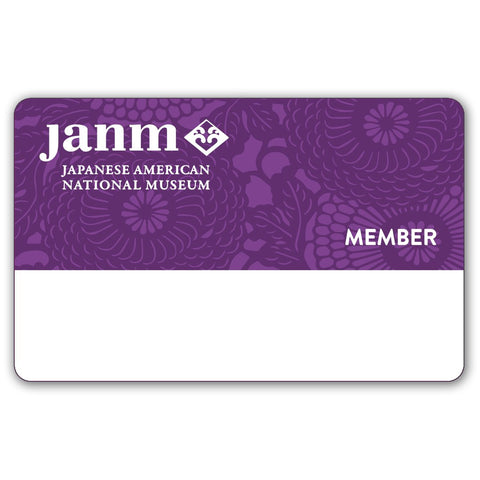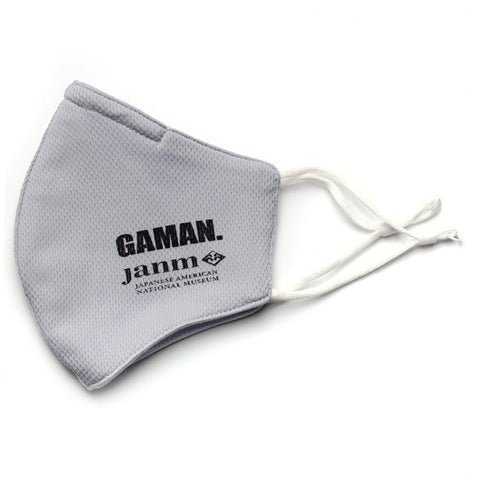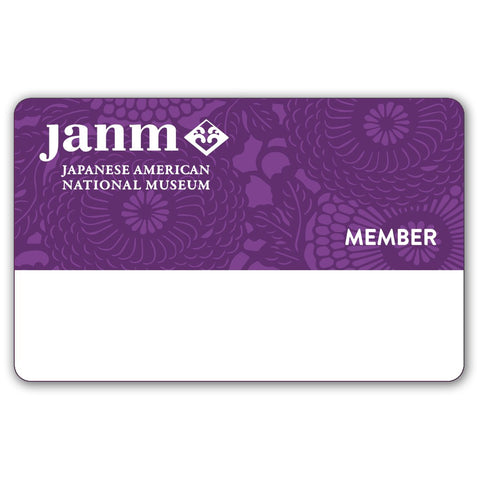By Diana Emiko Tsuchida, designed by Stefanie Yniguez, photographs by Jon Endow.
Tessaku 鉄柵 (iron fence) was the name of a journal of Japanese fiction, poetry and essays published from March 1944 to July 1945 in the Tule lake Segregation Center during World War II. This journal series and oral history project is inspired by the spirit of the original Tessaku, and showcases stories from families who experienced the incarceration, as told by the survivors themselves or their descendants. The Tessaku oral history project began as a personal family history exploration in 2015.
Tule Lake's eventual reputation as the camp where the "no/nos" were sent (referring to those who answered "no" to questions 27 and 28 on the so-called "loyalty questionnaire") reverberated with negative connotation for decades. Seen as either pro-Japan or cowards for what was interpreted as evading the call of duty to serve in the U.S. military, the "no/nos" carried a stigma of shame for years after the camp, and their stories were often silenced by the greater narrative of the heroism of the Nisei soldiers and veterans.
Resistance tells the story of those Nisei and Kibei who stood against the mainstream and dared to protest their incarceration when the consequences for doing so were unknown at best and severe at worst. The stories include Jim Tanimoto, a member of the Block 42 resistors who collectively refused to sign the "loyalty questionnaire"; Frank Matsuda, who was arrested in Poston for his actions against a prominent JACL leader; George Nakagawa, a Kibei who was detained from Manzanar and sent to Crystal City; George Sasaki, a camp baseball star who said "no/no" and felt the reverberations of his decision to protest for years after the war, and activist Mo Nishida, who recalls watching his parents suffering and uncertainty through the eyes of a child during their upheaval.
Paper: 76 pp.









